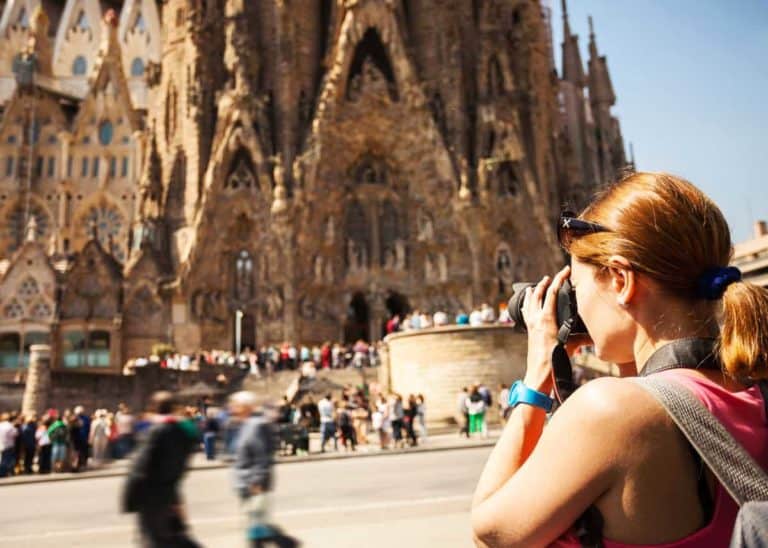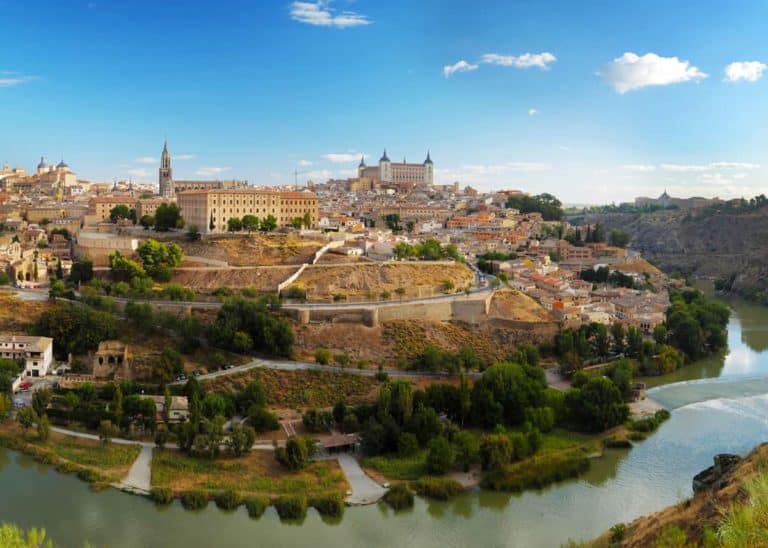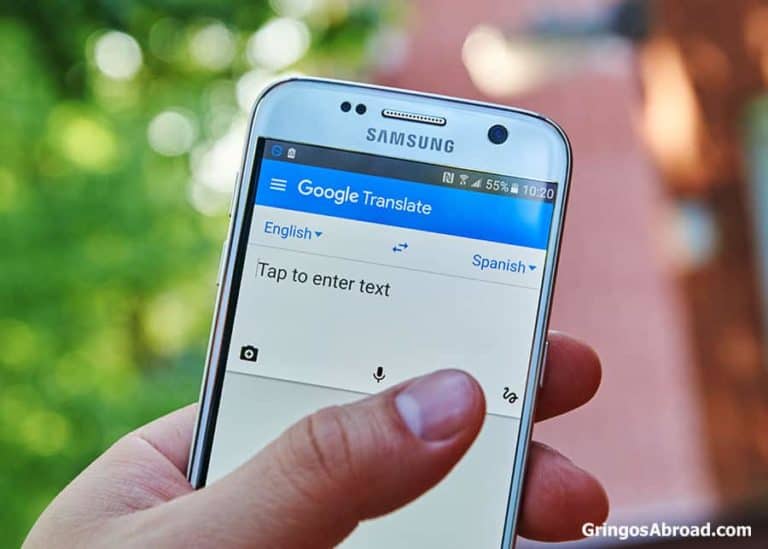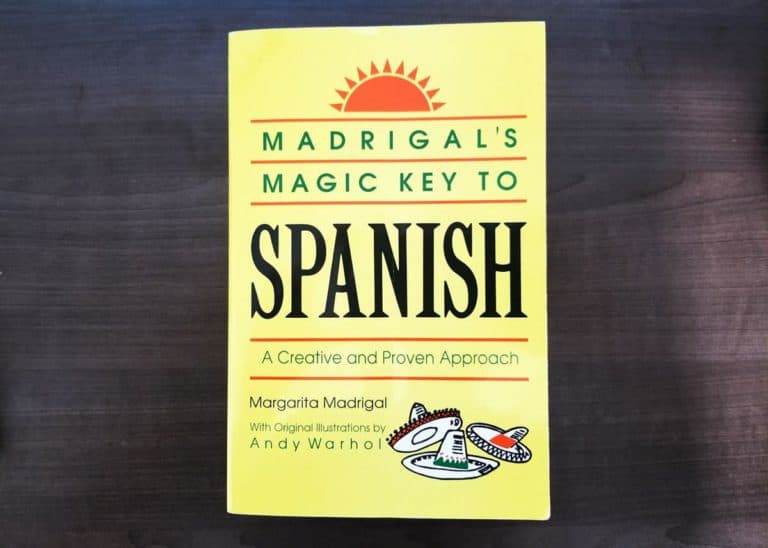16 Ways to Say Hello in Dutch (Greetings, Kisses, Customs)
If the Netherlands is in your travel plans, here’s how to say hello in Dutch. Plus a whole set of greetings to add to your vocabulary before you go. I’ll also discuss how to respond to these greetings, as well as proper etiquette.
My parents emigrated from the Netherlands in the early 1980s, and most of my relatives still live there. Over the years, I’ve been able to travel back to the “home country” several times.
Here’s a crash course in Dutch greetings and basic etiquette.
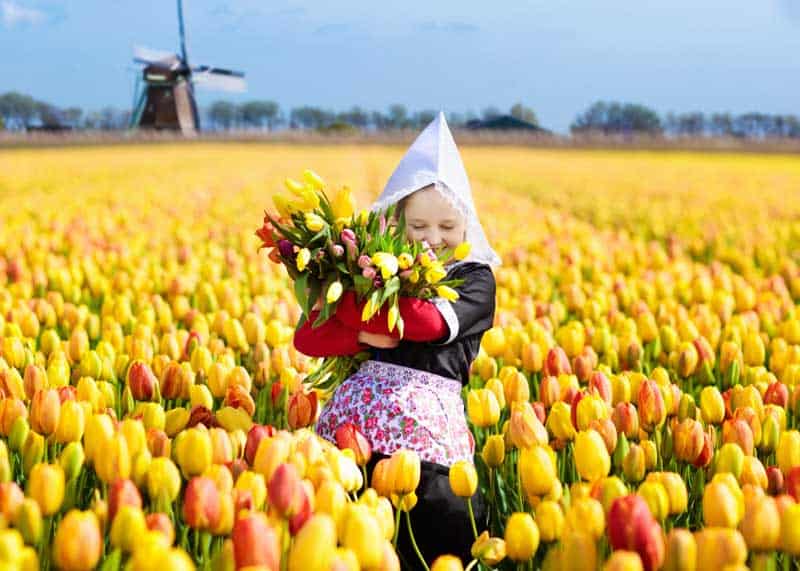
Dutch Greetings
If learning languages doesn’t come easily to you, rest assured that most Dutch people speak English (it is estimated that 90-93% are proficient in English).
However, if you fully want to experience the people and their culture, here are a few basic greetings to get you started.
1. Hallo: Hello
Hallo is the most common way to say hello in Dutch. You can use it in the same situations as you would use hello in English.
2. Hoi: Hi
Just like hi, hoi is more informal. You can use it around people that you are close to, like friends and family.
As a precaution, hoi is considered to be too casual to use when speaking to an older person, especially one that you do not know well.
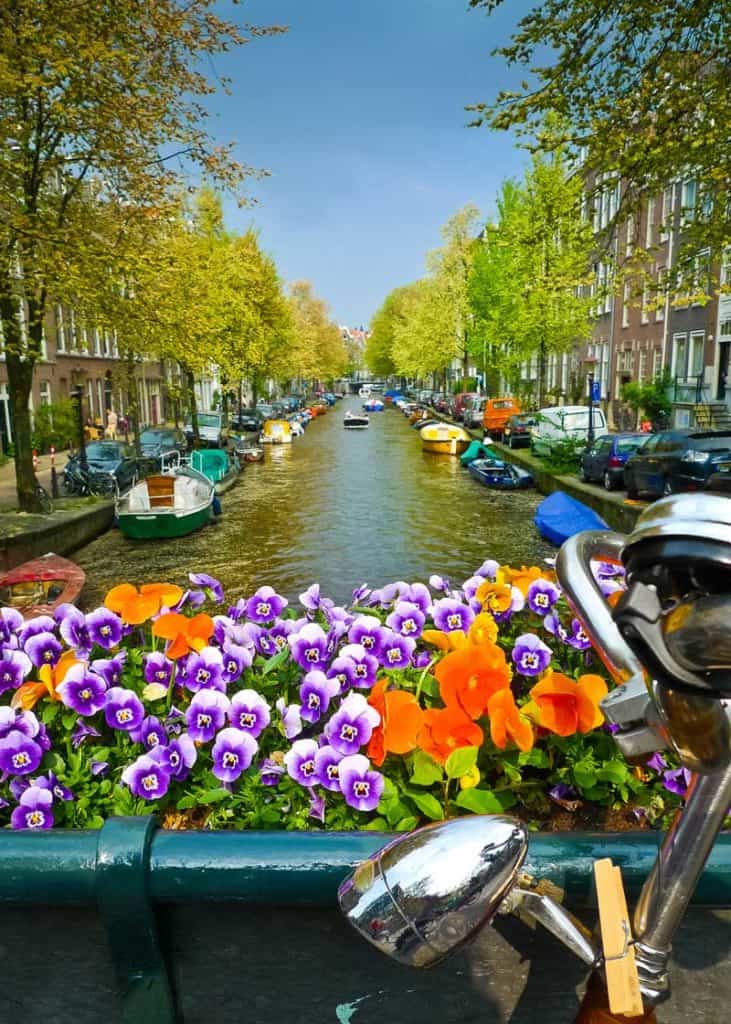
3. Goedendag: Good Day
Goedendag is a great way to greet people as you make your way through the Netherlands.
If you want to be more specific about the time of day, keep reading…
4. Goedemorgen: Good Morning
Goedemorgen used to be written as goedenmorgen, but as the “n” was often skipped when pronounced audibly, it was dropped in time.
This greeting is considered quite formal, so it can be used both when talking to people you know and to strangers.
Sometimes you will hear it abbreviated to “morgen” which just means morning!
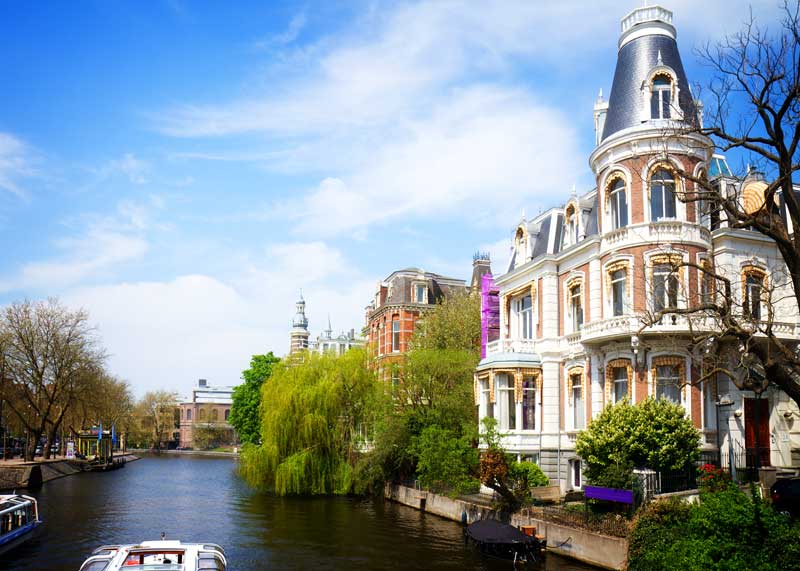
5. Goedemiddag: Good Afternoon
This is a good greeting to use in the time between lunch and supper. It too can be shortened to “middag” (afternoon).
6. Goedenavond: Good Evening
Just like good evening in English, goedenavond is a great greeting to use in the after-supper hours.
In my family, supper was always at 5:00 pm
7. Goedenacht: Good Night
Like English, this is less of a greeting, and more of a way to say goodbye at the end of the evening.
Other ways to say goodnight include welterusten (rest well) and slaap lekker (sleep nicely).
8. Dag: Goodbye
The Dutch word for day can also be used when saying goodbye.
9. Doei/doeg: Bye
This is a more casual form of saying bye.
10. Tot ziens: Until I see you again
Tot ziens is often used as another way to say goodbye, it translates as “until I see you again” or “see you later.”
Similarly, tot straks means “see you soon,” and is used when you plan on seeing someone later on the same day.
11. Tijd niet gezien: Long time no see
If the purpose of your trip is to visit with family and friends, you may hear “tijd niet gezien” acknowledging that they have not seen you in some time.
12. Het is goed om je weer te zien: It is good to see you again
To let your loved ones that you have missed them, use this phrase to tell them that you are glad to see them again.
13. Het is leuk u te ontmoeten: It is nice to meet you
If you’ve met someone new on your trip, here’s a polite way to say that it was nice to meet them.
14. Wees voorzichtig: Take care
When you first hear this expression, you may think that someone is telling you to watch out or be cautious, but it conveys the same meaning as “take care of yourself.”
15. The Handshake
The handshake (sometimes accompanied by a head-nod) is very common in the Netherlands.
It can be used between two people meeting for the first time, work acquaintances, or between two men (who may or may not be close friends, as men do not exchange the three kisses with other men).
16. Three Kisses
If you are worried that everyone in the Netherlands is going to try and kiss you, fear not, this greeting is reserved for close friends and family members.
Women will share this exchange with other women or with men. But as stated above, men will not greet other men this way.
When having a family gathering, everyone in the room is acknowledged, either with kisses or with a handshake. The kisses are not a romantic gesture.
Frequently the kisses are done into the air, rather than being planted on the cheek. Your Oma (grandma) is most likely to give you a real kiss on the cheek.
The first kiss is done by moving the head to the left (with right cheeks touching), followed by the right, and then left again.
If you’re not sure which way to start, keep your head central, and then follow the other person’s lead. This will save you from meeting on the mouth if you were to move in the wrong direction.
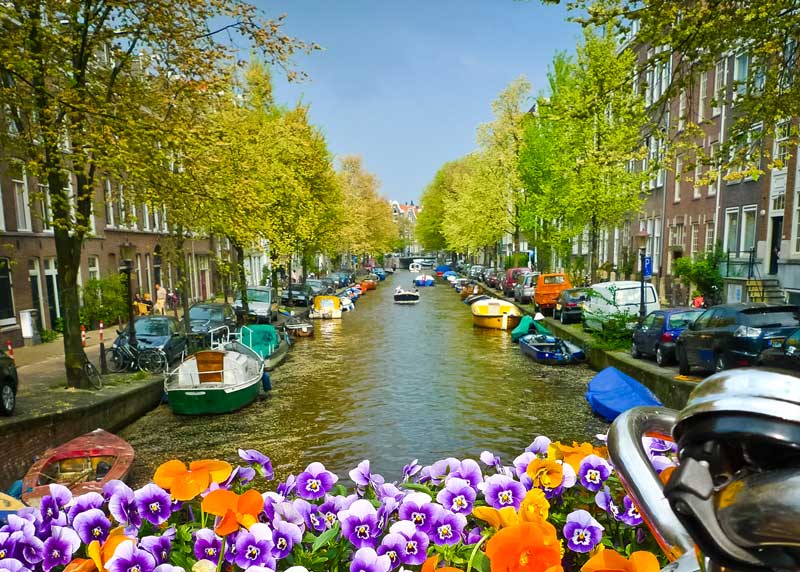
Questions that Accompany Greetings and How to Respond
Most of the above greetings are pretty straightforward to respond to.
If someone says hello, you can reply by saying hello. If someone says good morning, you can respond in kind.
But what if someone asks you a question?
Here are a few basic ones you may hear…
- Hoe gaat het met u? (formal): How are you? How is it going with you?
- Hoe gaat het? (informal): How’s it going?
- Hoe is het met je?: How have you been?
- Alles goed?: Everything good?
- Hoe gaat het met alles?: How is everthing?
- Hoe is je dag?: How is your day?
Those are all ways to ask how someone is doing.
Here are some possible responses.
Start with “Ik ben” (I am) and then insert the word of your choosing from the list below.
- Goed: Good
- Heel goed: Very good!
- Het gaat: It’s going (Use this if you’re feeling okay, but not great. Do not use “Ik ben” in front of this expression.)
- Slecht: Bad
- Moe: Tired
- Ziek: Sick
More About the Language, Culture, and People
Now that you know what to say, we’ll talk a bit about the Dutch language and etiquette.
Where is Dutch Spoken?
Dutch is the official language of the Netherlands. In neighboring Belgium, around 60 percent of the population speaks Dutch (with French and German also being official languages).
And in the Caribbean, you will find Dutch speakers in Aruba, Bonaire, Curacao, Saba, Sint Maarten, St. Eustatius, and Suriname.
The Dutch Caribbean Islands are also home to Papiamento, a language with elements of Dutch, French, Portuguese, English, and Spanish.
Dutch Etiquette: 6 Things to Know
People in the Netherlands are very hospitable, but for the most part, they do not like to be visited unannounced. So if you want to visit a friend or even a family member in their home, call or text first.
This will give the host time to properly set up for the arrival of guests.
At the very least all guests will be offered tea or coffee, and a small snack. When I visit my relatives, there are often elaborate trays of local meats, cheeses, and other yummy treats.
It’s considered a courtesy when the guest brings the host a small gift as a way of showing appreciation.
This can take the form of candy, chocolate, flowers, or a gift from the country you are visiting from. As a caution, do not make the gift too extravagant, as this may be viewed negatively.
The Dutch are well known for their punctuality. Being “fashionably late” is considered rude. If you are going to be late for a legitimate reason, contact your host.
And like most cultures, don’t forget to say please (alstublieft) and thank you (dank u wel).
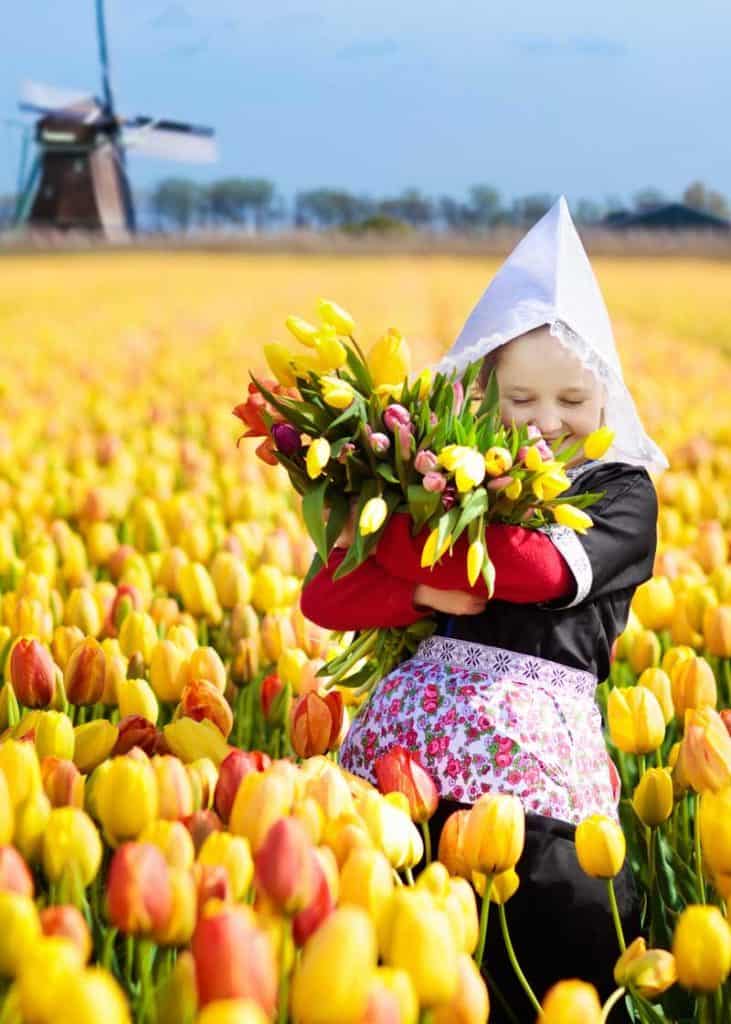
Like language? Here’s a post you’ll want to check out: 12 Ways to Say “I Love You” in Spanish
Your Turn:
Have you visited the Netherlands? What expressions did you use? Tell me about your experiences in the comments below.

